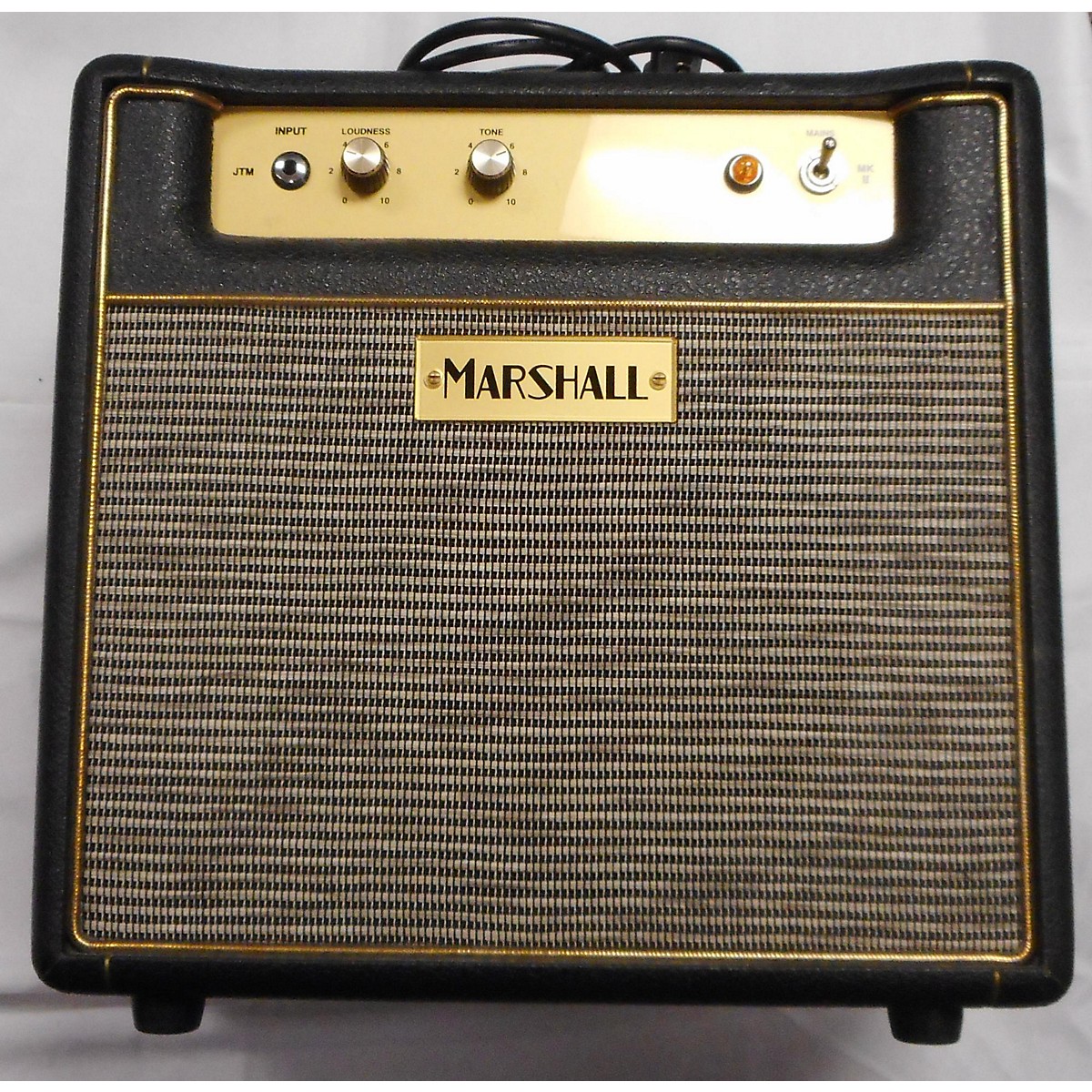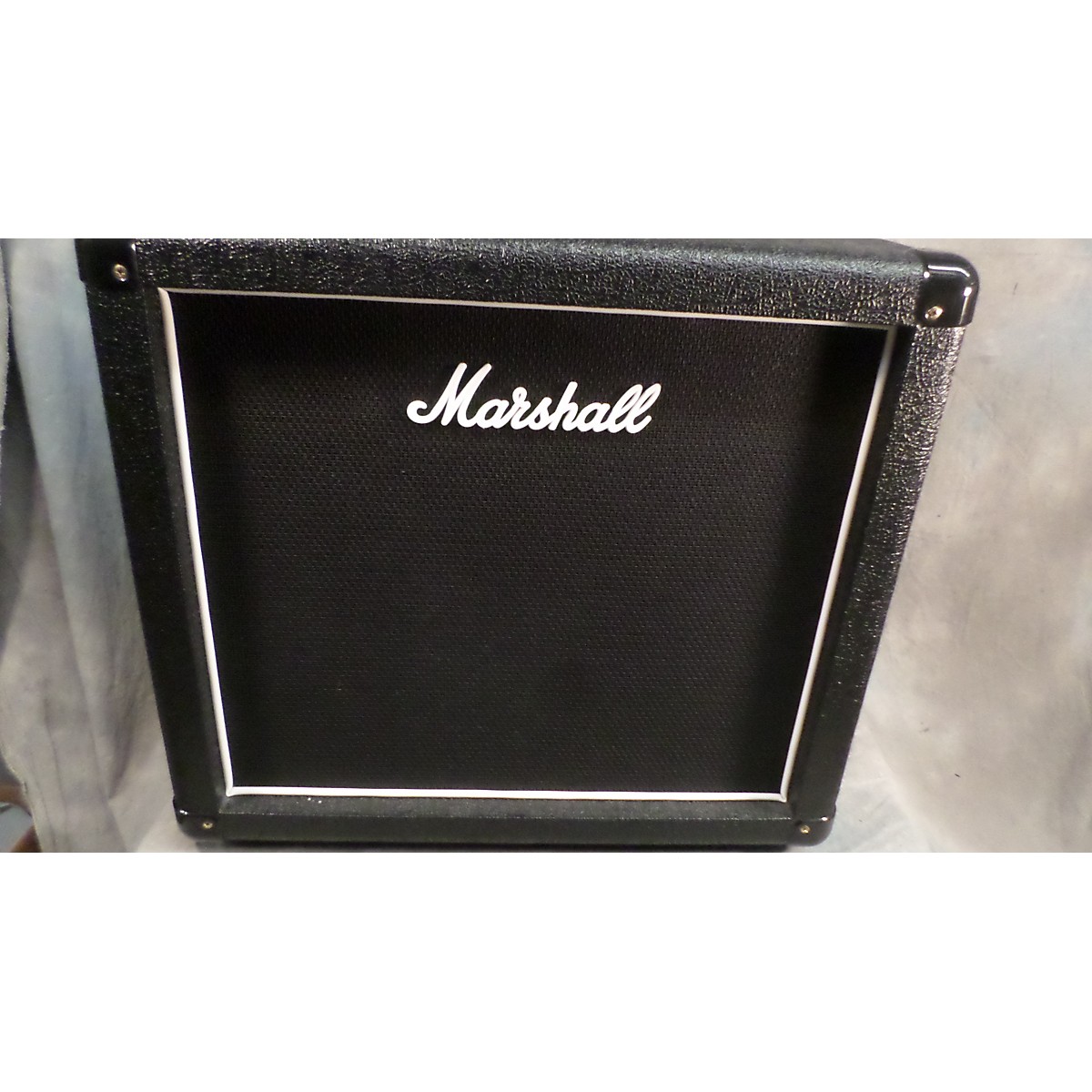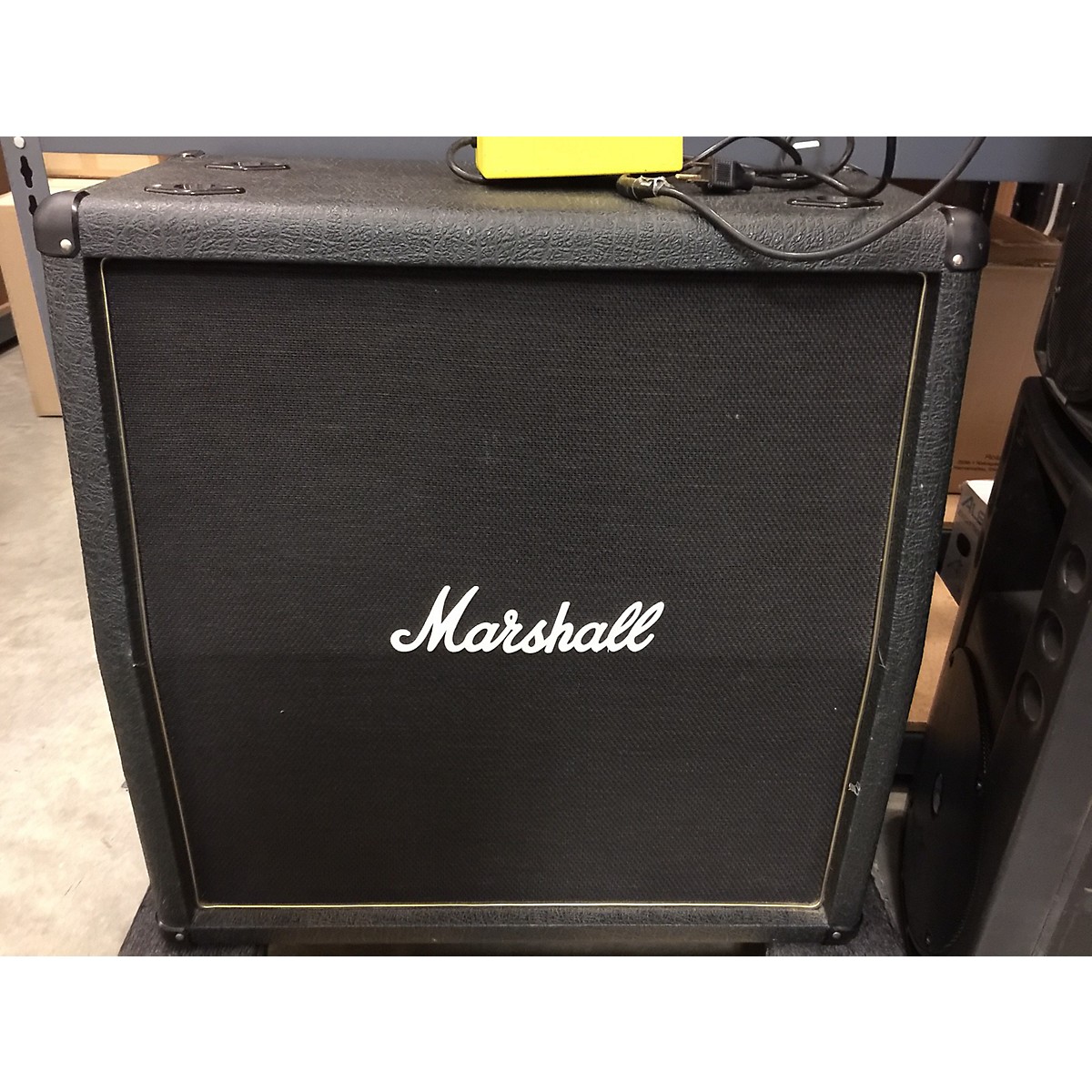
The SLP continued after 1995 but in 2000 Marshall added modifications to lower the noise floor (hum balance pot), reverted the negative feedback resistor to the 1968-69 value of 47 kΩ, and added an effects loop. The amplifier was reissued for the first time in 1988 (the 1959S), and again from 1991 to 1993 (the 1959X) and from 1993 to 1995 (the 1959SLP). But during the 1970s, Marshall's increasing exports overseas led to a problem: Often the E元4 tubes would break during transportation, to the point where amps began being shipped from the factory with more rugged Tung-Sol 6550 tubes, which are "stiffer and not as harmonically rich" as the E元4 tubes.

After 1976, the plate voltages were lowered slightly for improved reliability. There were other modifications: In 1966, the KT66 tubes of the JTM-models were replaced with E元4. In 1969, Marshall replaced the Plexiglas panel with one of brushed black metal with gold aluminum piping. The panels were actually made from much tougher polycarbonate plastic, but to the average American observer, it looked like the more familiar Plexiglas, and the name stuck.

The Plexiglas panel led to the name "Plexi", and while 50-watt models of the time are also called Plexis, the 1959 100 watt model is generally thought of as the "definitive" Plexi. The amplifier also came as a PA and a bass version.
MARSHALL AMP KEY HOLDER 1959 GUITAR CENTER FULL
Its output was first channeled into an 8×12″ cabinet, but that single, unwieldy cabinet was quickly changed to a pair of 4x12″ cabinets, 1960a "angled" on top and 1960b "box" on bottom, creating the famous "Marshall full stack". It was designed by Ken Bran and Dudley Craven after The Who's guitarist Pete Townshend asked Marshall for a 100 watt amplifier.

The 1959 (Marshall's identifying numbers are not years of manufacture), produced from 1965 to 1981 (when it was replaced by the JCM800), is an amplifier in Marshall's "Standard" series.


 0 kommentar(er)
0 kommentar(er)
